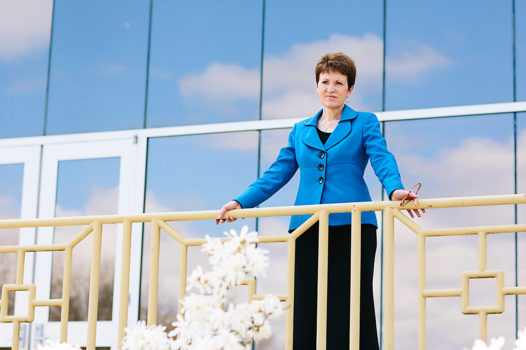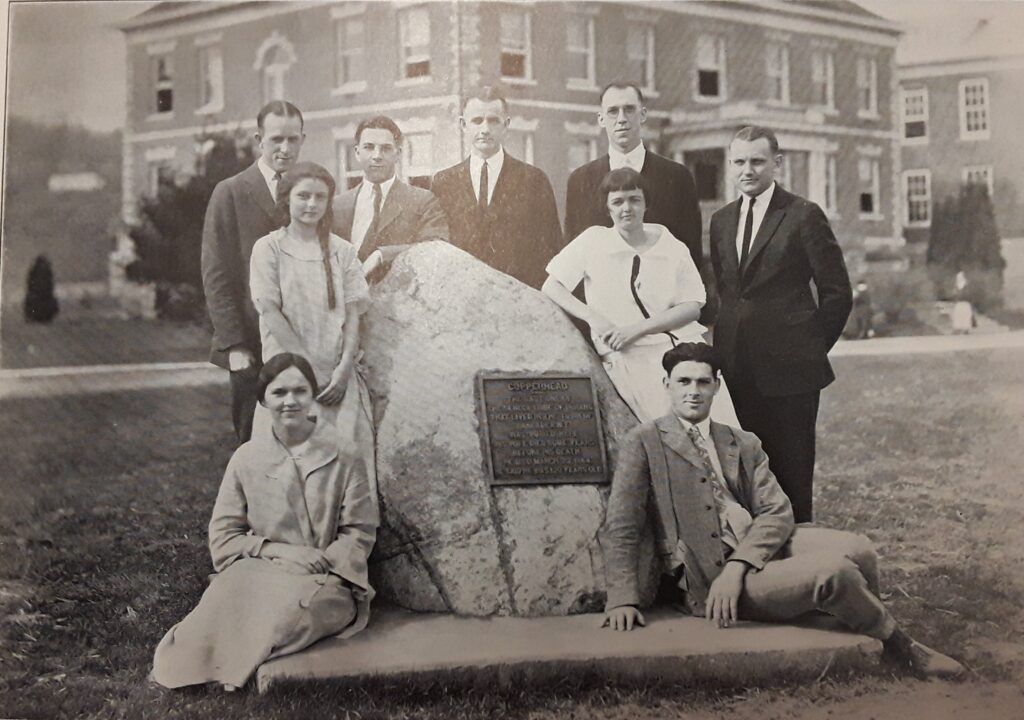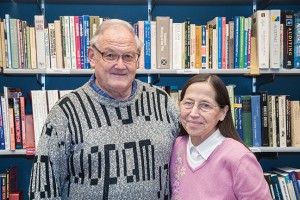By Christian Welker
Did you know the Houghton STAR is one hundred and fourteen years old? To put that in perspective, The STAR reported through the Great Depression, World Wars, the Cold War, and nineteen U.S. presidencies. As the Resident Expert in STAR Lore™, it is my self-imposed job to study the STAR’s Archives and find exciting and funny moments from throughout the history of Houghton University and the STAR itself.
Time for another fun fact (and one that has more to do with the article). Do you know how long Houghton University was Houghton College? Ninety-nine years!
Isn’t that annoying?
In 1923, Houghton Seminary received its charter from the Middle States Association of Schools and Colleges (MSASC. Rolls right off the tongue).
The cool part is that it has been a hundred years since Houghton became a college.
The less cool part was we were impatient and jumped the gun on the whole “University” thing (How epic would it have been to be like “After 100 years of being a college, it’s time for the next chapter”? Missed opportunity, President Lewis).
Anyway, rants aside, in the April edition of the 1923 Houghton STAR (yeah, they were only a monthly publication back then, wild, right?), an article was published titled “Final Victory Won! Houghton now a Chartered College” declaring the good news to the Houghton body, and today, 100 years later, an article titled “From the STARchive: College Charters and Centennials” is doing it again. ★
Final Victory Won!
Houghton Now a Chartered College
Again, through the mercy of God, we have gained another rung in the ladder of achievement which has been elevating us to that plane on which stands the chartered college of this state
Following the action of the Board of Trustees, authorizing this Seminary to apply for a charter, the next step was to make the formal application to the Board of Regents of the State of New York. This was done a few weeks ago, President Luckey going to Albany and presenting with the application a catalog of general information regard[ing] the school, setting [forth] the plan [proposed] if the charter be granted.
April 7, was the date set for the meeting of the Board of Regents, and at that meeting the application from this Seminary was to be considered. President Luckey again journeyed to Albany on that date and was present at the meeting of the Board, answering one or two questions which arose.
As requested by President Luckey, his home-coming on Monday evening, April 9, was not the hilarious demon- stration which accompanied his return from the meeting of the Church Board. The occasion at this time was of too solemn nature to allow any such program as was followed before. Instead, the students gathered at the church and a committee was delegated to meet the President and escort him to the church where a service of praise and thanksgiving was held, Prof. Whitaker taking charge.
A telegram which was received here Saturday evening, stated that a provisional charter had been granted [to] Houghton Seminary. That word “provisional” puzzled us a little at first but the enigma was solved in a short talk by President Luckey at the service Monday evening. “Provisional” only means that for five years we are on probation. During that time we must prove to the State Board of Regents that we are worthy of onr charter by keeping up the prescribed income and fulfilling the scholastic standards.
The President further stated that the honor and glory at this time of victory, all belongs to God, not to man. It was the hand of God which gave the vision at the beginning and that has led all through the long and laborious campaign, and which is still leading. He also emphasized that with added opportunity comes greater responsibility.
After several prayers filled with true thanksgiving to God for his great goodness and wise leadership, a hymn was sung and the meeting dismissed.
From the church the students went to the college campus where a large bonfire was burning. Gathering around this an hour was spent in singing school songs and giving yells. As the fire burned low the crowd made their way homeward, their hearts being filled with praise to God for the wonders he has wrought through his servants who have kept close to Him and done His bidding.
—J. Harold Douglas



